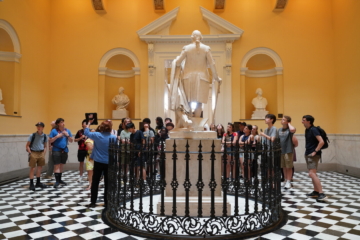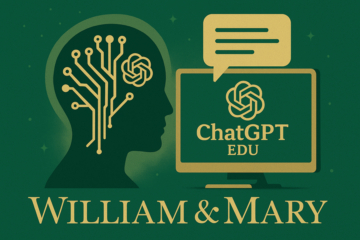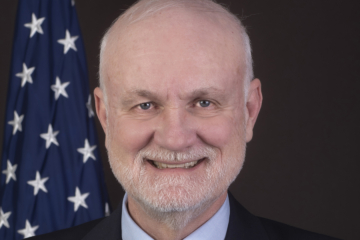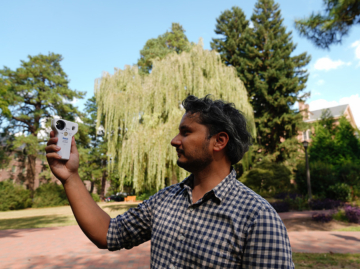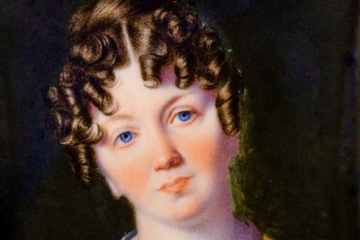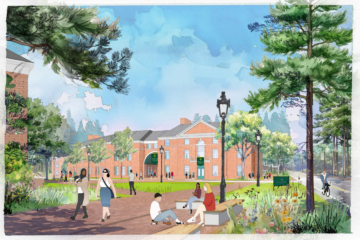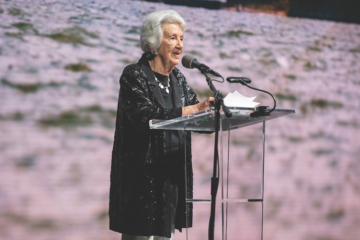NIAHD pre-college program brings Virginia history to students across the globe
Virginia is so rich with history, it’s difficult to get a full understanding of the state’s roots. But students attending William & Mary’s National Institute of American History & Democracy (NIAHD) summer sessions get an incomparable look at regional history through a hands-on approach.
NIAHD just completed its summer 2025 pre-college program, which saw increased enrollment over the prior two years. The program hosted two sessions through June and July, providing high school students with an interactive and immersive learning experience on the American Revolution and the Civil War.
Of nearly 200 students who applied to the program, 108 students took part in this year’s sessions, a cohort made up of Virginia residents, out-of-state students and international students ranging from Turkey to China and including the United Kingdom and the Republic of Ireland.
“We’re really gratified to have so many international students this year,” said Robyn Schroeder, assistant director of NIAHD, noting that it’s a new record for the institute. “(It) reflects our core value, that the history here is for everyone. As an instructor, I can hear students thinking about the meaning of religious freedom, legacies of slavery and how buildings and landscapes reflect and shape a whole culture.”
Instead of lectures or lengthy textbooks to explain events that happened around Williamsburg and Richmond, participants have direct access to explore buildings and landscapes while hearing from leaders in public history, including archaeologists, historians and curators.
In addition to this exclusive access, students who attend the pre-college program earn college credits for the work completed over the three-week session.
The program overall aligns with the Democracy Initiative, part of Vision 2026, with William & Mary leading efforts to practice and promote democratic ideals in the pursuit of a more perfect union.
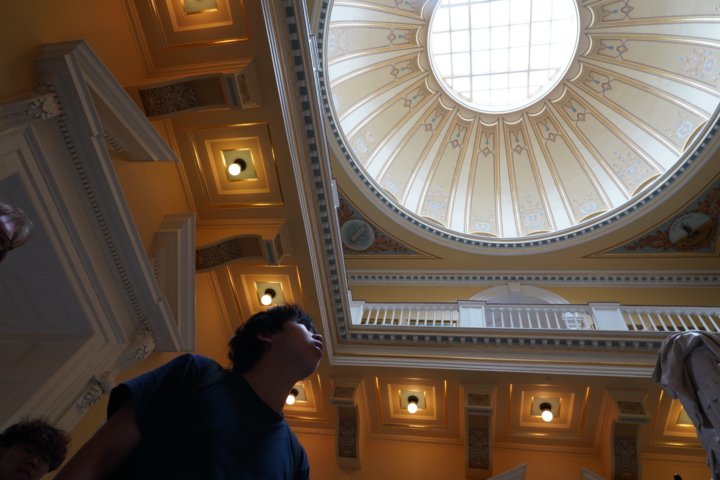
A growing community
NIAHD is a small but mighty institute, with each program employing five full-time instructors and eight to nine residential teaching assistants who are usually William & Mary students. The institute is part of the Harrison Ruffin Tyler Department of History, utilizing the department’s academic strength since the institute started in 2002 in partnership with Colonial Williamsburg.
This is the 23rd year that NIAHD has welcomed high school students to William & Mary. To date, the institute has had 2,395 students attend the program, with this year’s cohort adding to an enthusiastic and curious alumni community.
“It is truly amazing to see former students interact with our current students and they share their passion for history and knowledge of the past,” said Julie Richter, director of NIAHD.
Some alumni of NIAHD go off to work at museums and historic sites, including some of this summer’s site visits.
“It’s meaningful to current students to see people close in age as professionals who help others to learn about history,” she added.
Enrollment in this year’s program was up 25% over the past two years, reflecting an enthusiasm from students about the value of studying history at this moment and William & Mary’s reputation as a nationally preeminent institution.
“These students have a collective sense of curiosity and a desire to learn about the complexities of the past,” said Richter. “They want to think about more than what they read in textbooks. They also want to talk about the past and try to understand how the past events continue to shape our country in 2025.”
A place-based history approach
Spencer Celente, a high school junior based in New York, heard about the program from his grandmother, a Williamsburg local. With an interest in majoring in history or international relations in college, Celente decided the program would be worth pursuing and sent in his application.
What he experienced exceeded his expectations. Taking part in the second session, which covered the Civil War and American independence, he was able to explore locations tied to class lectures and reading work, going to the state capitol in Richmond one day and the Westover Plantation on another.
“It was really informative to do those readings beforehand,” Celente said. “You’d be reading about the capitol prior and how the whole design is influenced by ideals of freedom and democracy. Then you’d go and actually see and understand what the reading was talking about.”
The session tour of the capitol focused heavily on Thomas Jefferson’s personal project to make Richmond the new capital of the Commonwealth instead of Williamsburg. Feeling that Williamsburg was still influenced by British authorities, Jefferson attempted to create “a temple of justice and freedom,” in Richmond, where Celente walked around and heard more about governance.
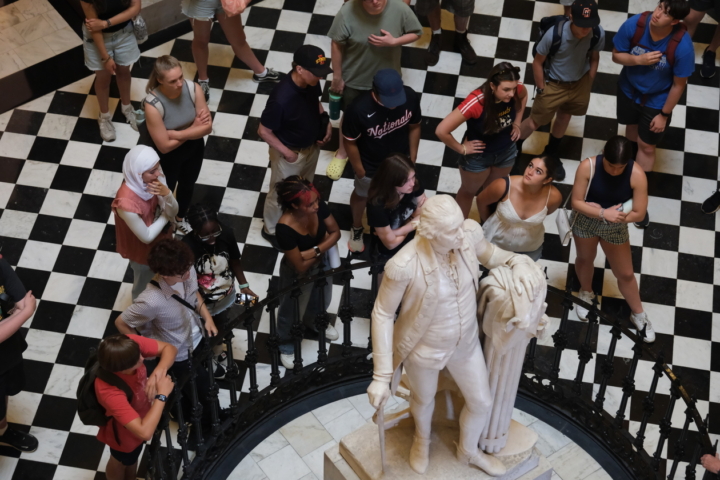
One of the most impactful locations Celente visited during his session was the Great Dismal Swamp in Southeast Virginia. As part of the first group in NIAHD’s history to visit the swamp, Celente felt the immediate impact of the area as soon as he stepped out of the van.
“You felt that it was impenetrable,” he said. “You pretty much couldn’t get out. No one could find you there.”
As he learned, the swamp played a significant role in the revolutionary era, with enslaved people using it as a refuge and setting up marooning communities to escape re-enslavement in the South.
“It was quite fascinating to see that people were actually able to make a living in there and get away from the system of slavery that Virginia had at the time,” Celente added. “That’s definitely something you’re not going to read about in your history textbook.”
Throughout the three-week session, Celente felt he received quality instruction, and van trips allowed for bonding among the cohort. As a result of this program, he said he and other members of the program were considering William & Mary after high school.
Should applications and interest continue to increase, Richter said that NIAHD would make plans to increase enrollment and add additional courses to summer sessions. Richter and Schroeder are eager to see their alumni grow and hope to expand upon pre-college students’ curiosity for history, especially as the country prepares to mark its semiquincentennial next year.
“This way of doing history is absolutely unique to William & Mary,” said Schroeder. “It reflects the quality and density of local heritage and the ways it can speak to the nation and across the world.”





